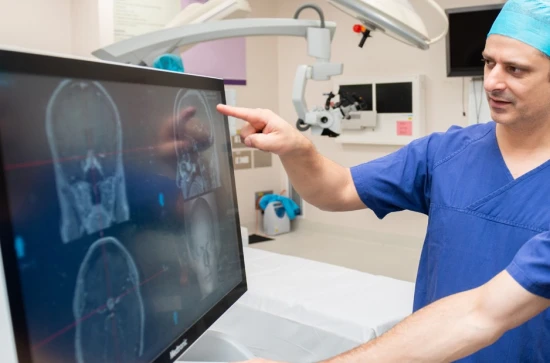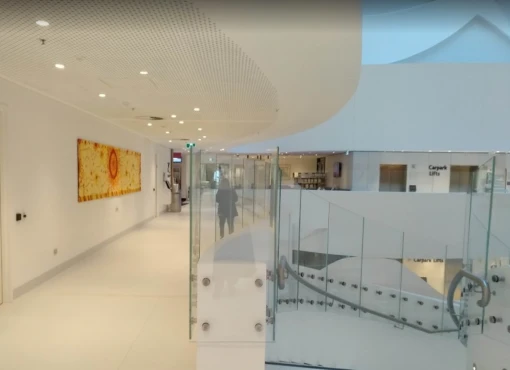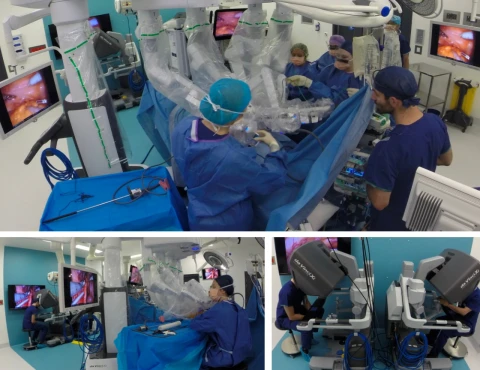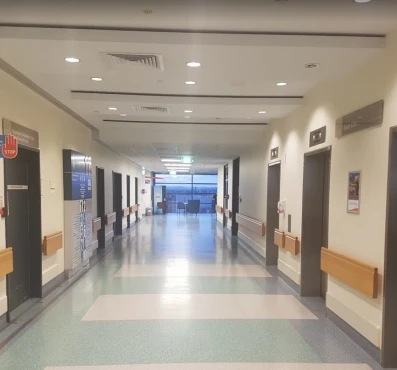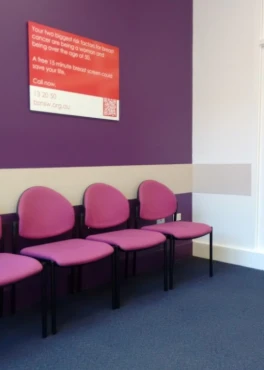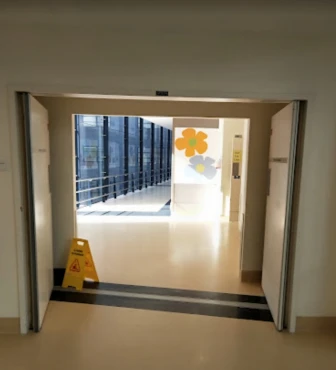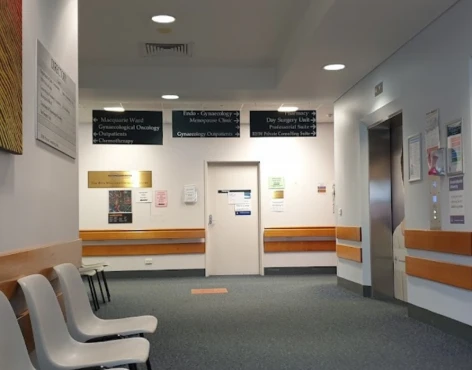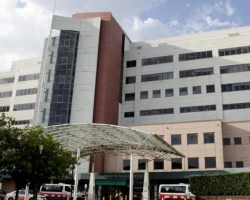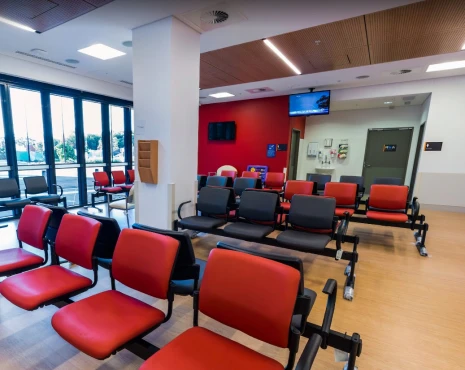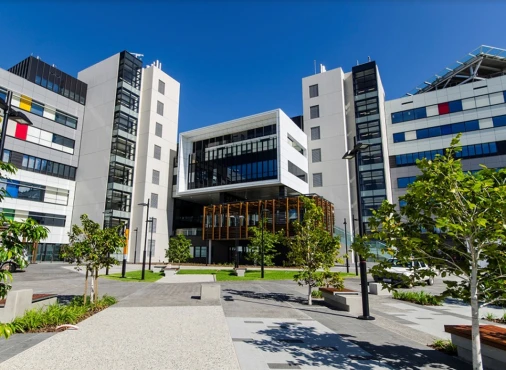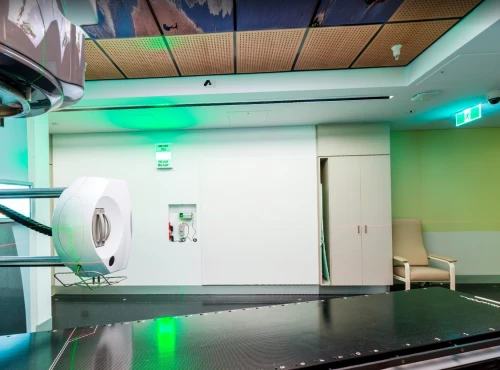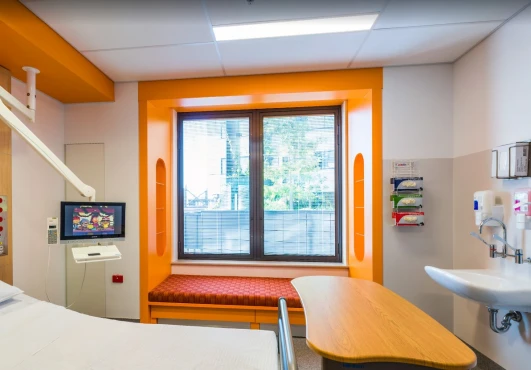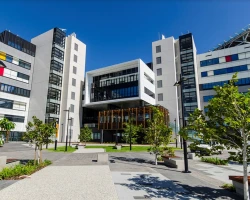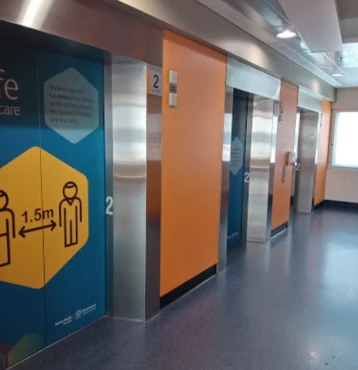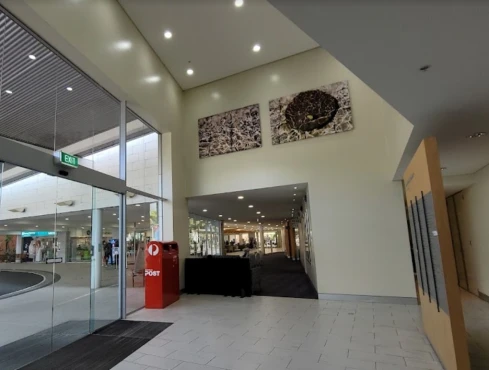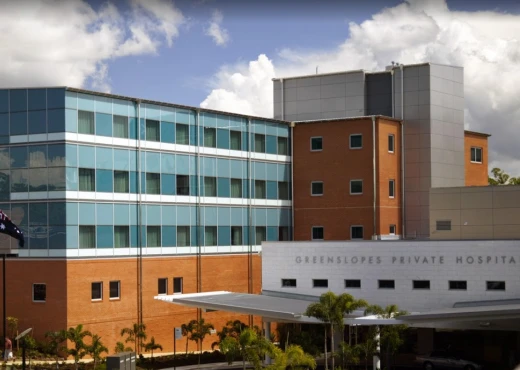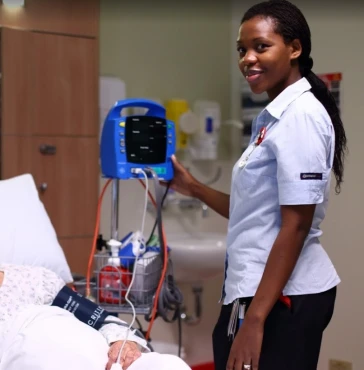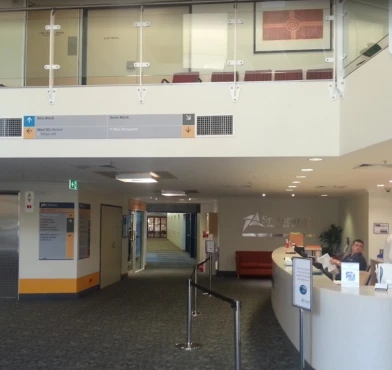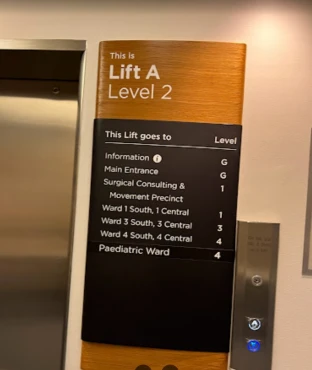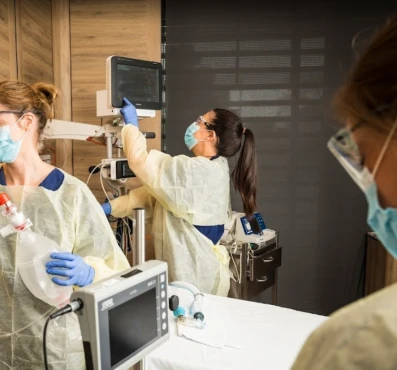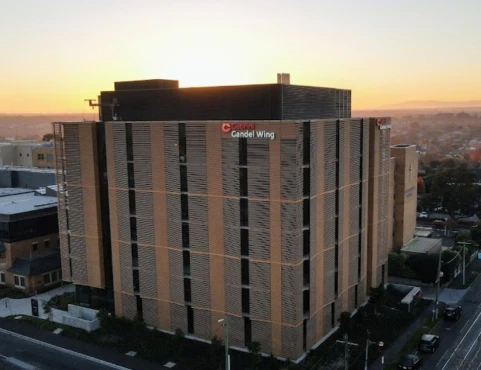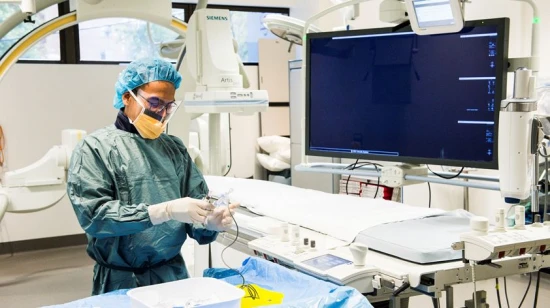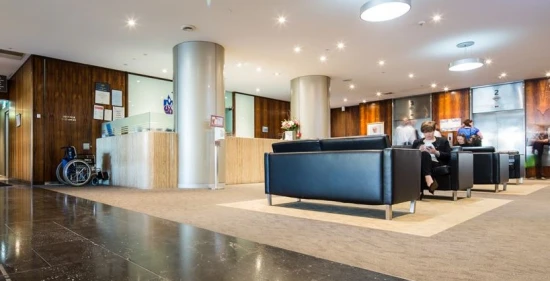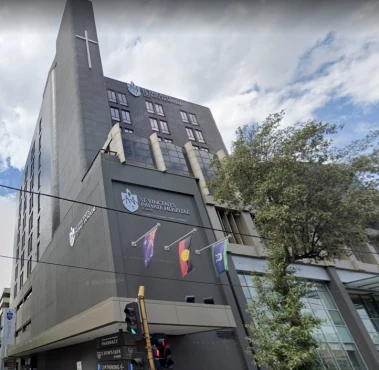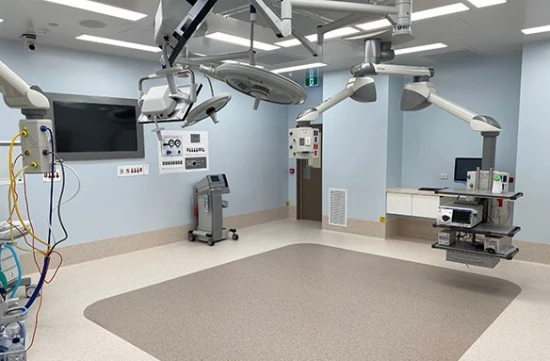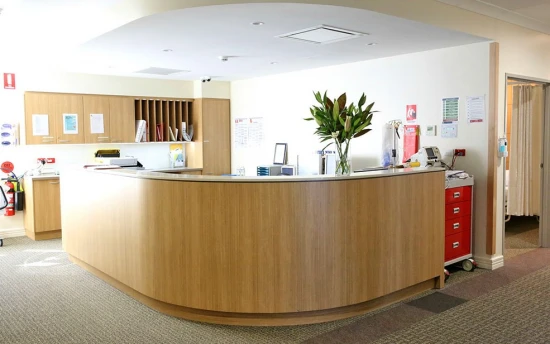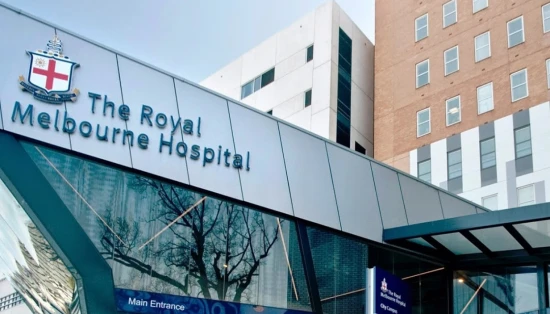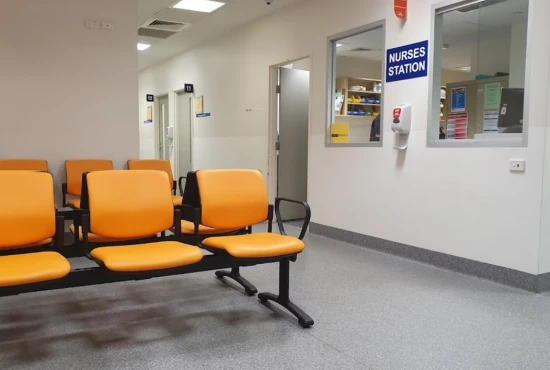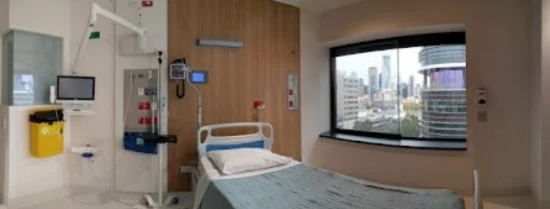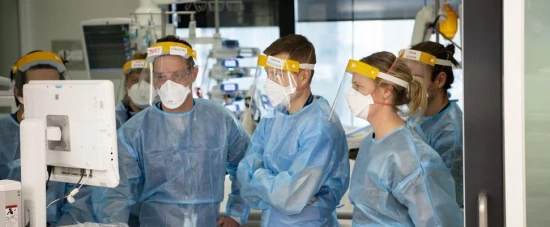Epilepsy treatment in 12 Neurosurgery and Oncology clinics in Australia
12 clinics specializing in Neurosurgery and Oncology providing treatment of
Epilepsy
Epilepsy is a neurological disorder characterized by recurrent and unpredictable seizures. It can cause disruptions in daily life, but with proper treatment, many people can manage and control their seizures effectively.
Read more...
disease in Australia.
Brisbane · 1
Camperdown · 1
Fitzroy · 1
Greenslopes · 1
Malvern · 1
Melbourne · 2
Randwick · 1
South Brisbane · 1
Southport · 1
St Leonards · 1
Woolloongabba · 1
You can select a specific city
Brisbane · 1
Camperdown · 1
Fitzroy · 1
Greenslopes · 1
Malvern · 1
Melbourne · 2
Randwick · 1
South Brisbane · 1
Southport · 1
St Leonards · 1
Woolloongabba · 1
Sorted by:
Relevance
Rating
Relevance
Prices for popular procedures:
Prices for popular procedures:
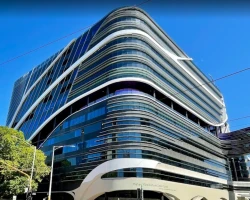
Melbourne, Australia
Specializations: Vascular surgery, Thoracic surgery, Neurosurgery, Spine surgery, Oncology
Languages: Arabic, Vietnamese
Peter MacCallum Cancer Centre is a world leading cancer research, education and treatment centre and Australia’s only public health service solely dedicated to caring for
read more
Prices for popular procedures:
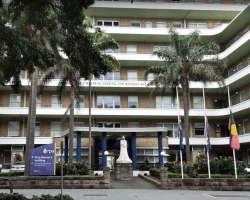
Camperdown, Australia
Specializations: Cardiac surgery, Vascular surgery, Thoracic surgery, Neurosurgery, Spine surgery, Orthopedic surgery, Oncology
Languages: Portuguese, Russian, Turkish
Royal Prince Alfred Hospital is one of Australia's premier tertiary referral hospitals and is recognised as a worldwide leader in healthcare excellence and innovation. RPA
read more
Prices for popular procedures:
Prices for popular procedures:
Prices for popular procedures:
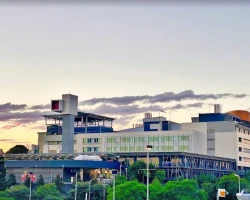
Woolloongabba, Australia
Specializations: Cardiac surgery, Vascular surgery, Thoracic surgery, Neurosurgery, Spine surgery, Orthopedic surgery, Oncology
Languages: English
Princess Alexandra Hospital (PAH) is a tertiary health care centre, providing care in all major adult specialties, with the exception of obstetrics. We are
read more
Prices for popular procedures:
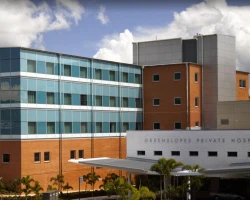
Greenslopes, Australia
Specializations: Cardiac surgery, Vascular surgery, Thoracic surgery, Neurosurgery, Spine surgery, Orthopedic surgery, Oncology
Greenslopes Private Hospital is proud to be one of Australia’s leading private teaching hospitals, owned and operated by Ramsay Health Care. Located on the southside
read more
Prices for popular procedures:
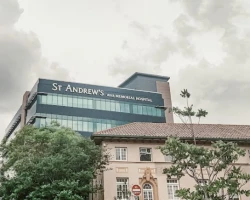
Brisbane, Australia
Specializations: Cardiac surgery, Vascular surgery, Thoracic surgery, Neurosurgery, Spine surgery, Orthopedic surgery, Oncology
St Andrew’s is an acute care hospital specialising in technologically advanced surgical and general medical care. The hospital has 250 beds including a new state-of-the-art
read more
Prices for popular procedures:
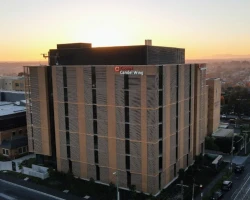
Malvern, Australia
Specializations: Cardiac surgery, Vascular surgery, Thoracic surgery, Neurosurgery, Spine surgery, Orthopedic surgery, Oncology
Established in 1948, this 508-bed acute care hospital provides a wide range of services including cardiac care, day procedures, day oncology, emergency care, hospital-in-the-home, intensive
read more
Prices for popular procedures:
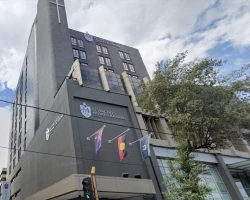
Fitzroy, Australia
Specializations: Cardiac surgery, Vascular surgery, Thoracic surgery, Neurosurgery, Spine surgery, Orthopedic surgery, Oncology
Languages: Arabic, Croatian, Italian, Serbian, Somali, Turkish, Vietnamese, Chinese, Greek, Modern, Spanish; Castilian
St Vincent’s Hospitals Australia has a rich tradition of providing progressive and excellent health care. We combine the latest technology with exceptional and compassionate medical,
read more
Prices for popular procedures:

St Leonards, Australia
Specializations: Cardiac surgery, Vascular surgery, Thoracic surgery, Neurosurgery, Spine surgery, Orthopedic surgery, Oncology
With our recent South Wing expansion, North Shore Private can now offer every patient a single room – for a quieter, more comfortable hospital experience.
read more
Prices for popular procedures:
Clinics grouping by rating
Clinic with the highest rating of 4.3 — Peter MacCallum Cancer Centre in Melbourne, Australia, clinic with the most reviews number of 784 — Gold Coast University Hospital in Southport, Australia.
With rating 4.0 and over — 3 clinics .
Countries with the highest number of clinics treating the diseases:
Epilepsy:
worldwide
441 clinics
Brazil
34 clinics
India
33 clinics
Mexico
25 clinics
Germany
24 clinics
Colombia
23 clinics
Related procedures:
Procedures are likely to be used for Epilepsy treatment:
Deep brain stimulation (DBS),
Gamma Knife,
and
Transcranial magnetic stimulation (TMS) - per course
.

